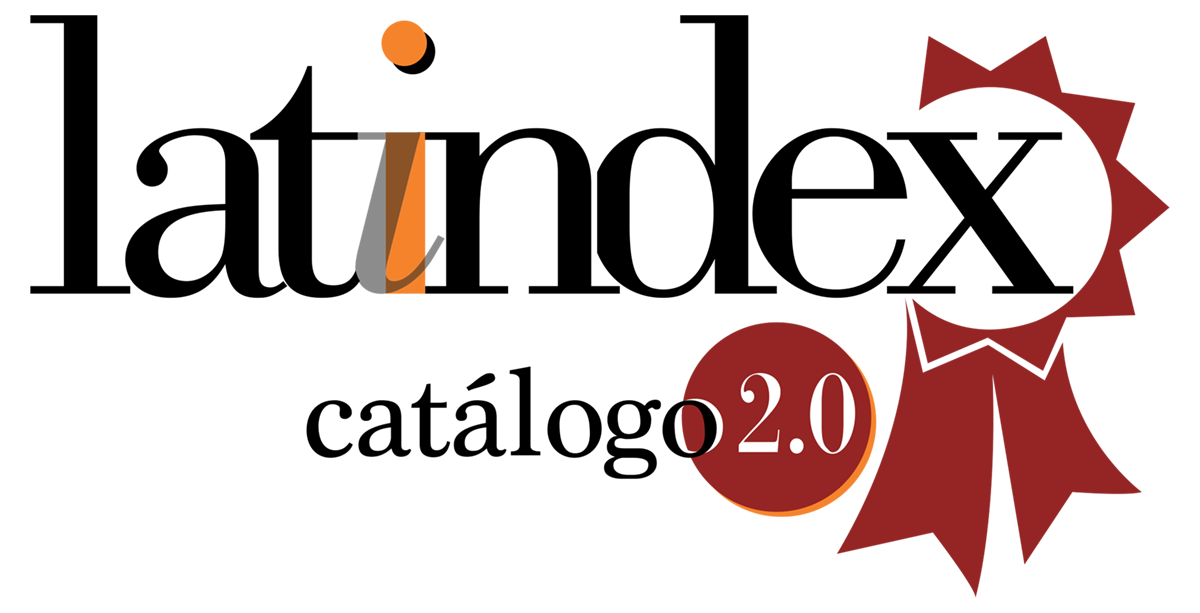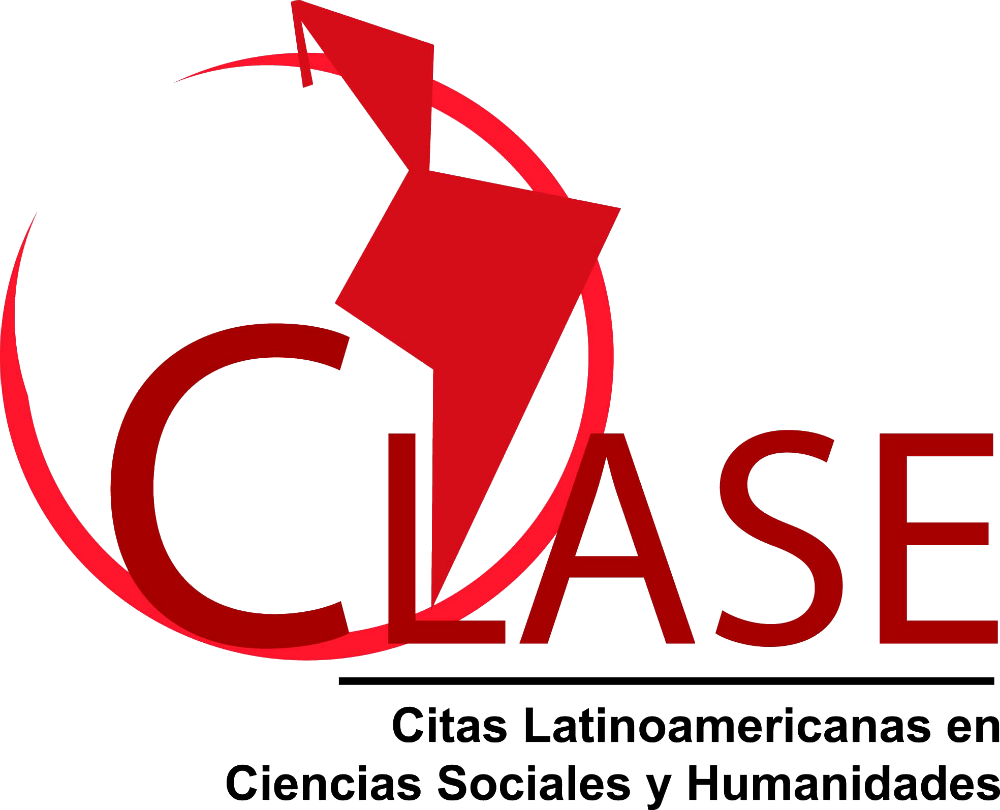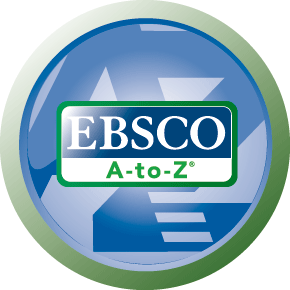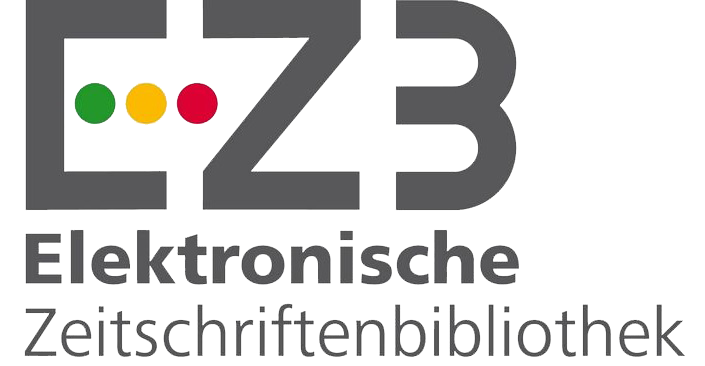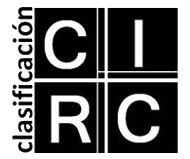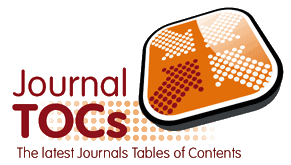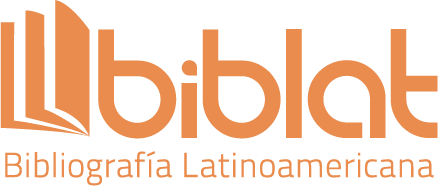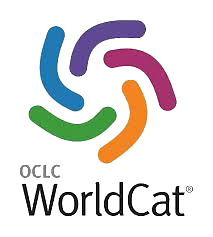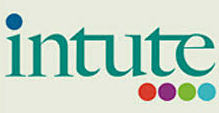Submissions
Submission Preparation Checklist
As part of the submission process, authors are required to check off their submission's compliance with all of the following items, and submissions may be returned to authors that do not adhere to these guidelines.essays
This section is intended for the publication of scientific essays that may or may not be the result of empirical research, but because of the characteristics of its writing, argumentation, intention and communicability deserve this denomination. The essay is an argumentative discussion in which the writer exposes a topic of disciplinary interest approaching the reality of the facts and their knowledge of them.
According to J. Ortega y Gasset, "the essay is the science without the explicit proof". With this it is emphasized that it is not an irresponsible discourse but a text that obviates the theoretical apparatus and the aridity of the formulas and pictures in order to increase the readability and explanatory capacity.
This kind of materials is one of the main resources of modern culture. By its means is that the most influential ideas are debated, the latest contributions of science are known, opinion is formed and productive discrepancy occurs.
Reports
In this section will be published works carried out in order to resume the results achieved in undergraduate research, postgraduate, scholarships, research projects, etc. The research report is an exhibition of a scientific research already carried out. This generic denomination serves to indicate that what is written is the result obtained in a certain phase of an investigation in progress, the final report about it or the product of a work team.
Studies
This section will include summaries of research projects of academic units, researchers, institutes, NGOs, etc. The summaries can not be considered as scientific works, since they are limited to summarizing the future actions of a project. But they matter in the sense that through them you can know what issues, problems, lines of research, methodological and conceptual approaches are emerging in the horizon of the field.
Interviews
This section is designed to relate the biographical particularities of the interviewee with their conceptual developments within the social sciences, with the interest of Question for thinking and debating certain issues and linking these three axes with the social, political and cultural reality , historical and economic of Latin America or part of it (a region, a country, a locality, etc.).
Reviews
In this section you can include book reviews, magazines, websites, movies, TV, radio, congresses, meetings, art shows, scientific events, papers, developments, etc. The review is a brief writing that tries to give a panoramic and critical vision of some work. It is common that scientific journals appear reviews of specialty books, which help readers to know better the possible sources of existing information. The reviews serve to motivate the interest of the people who develop in a specific area of studies and to evaluate the quality of the works that are appearing before the public.
Copyright Notice
La aceptación de un original por parte de la revista implica la cesión no exclusiva de los derechos patrimoniales de los/as autores/as en favor del editor, quien permite la reutilización, luego de su edición (postprint), bajo una Licencia Creative Commons Atribución-NoComercial-CompartirIgual 4.0 Internacional (CC BY-NC-SA 4.0)
Acorde a estos términos, el material se puede compartir (copiar y redistribuir en cualquier medio o formato) y adaptar (remezclar, transformar y crear a partir del material otra obra), siempre que a) se cite la autoría y la fuente original de su publicación (revista y URL de la obra), b) no se use para fines comerciales y c) se mantengan los mismos términos de la licencia.
La cesión de derechos no exclusivos implica que luego de su edición (postprint) en Question las/os autoras/es pueden publicar su trabajo en cualquier idioma, medio y formato; en tales casos, se solicita que se consigne que el material fue publicado originalmente en esta revista.
Tal cesión supone, también, la autorización de los/as autores/as para que el trabajo sea cosechado por SEDICI, el repositorio institucional de la Universidad Nacional de La Plata, y sea difundido en las bases de datos que el equipo editorial considere adecuadas para incrementar la visibilidad de la publicación y de sus autores/as.
Asimismo, la revista incentiva a las/os autoras/es para que luego de su publicación en Question depositen sus producciones en otros repositorios institucionales y temáticos, bajo el principio de que ofrecer a la sociedad la producción científica y académica sin restricciones contribuye a un mayor intercambio del conocimiento global.







